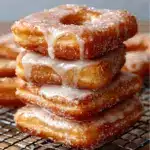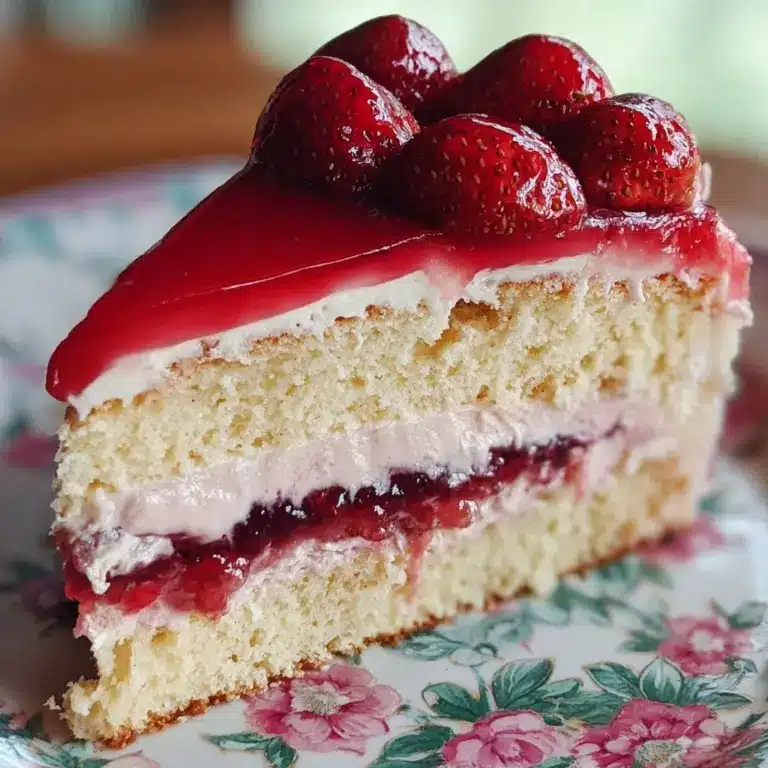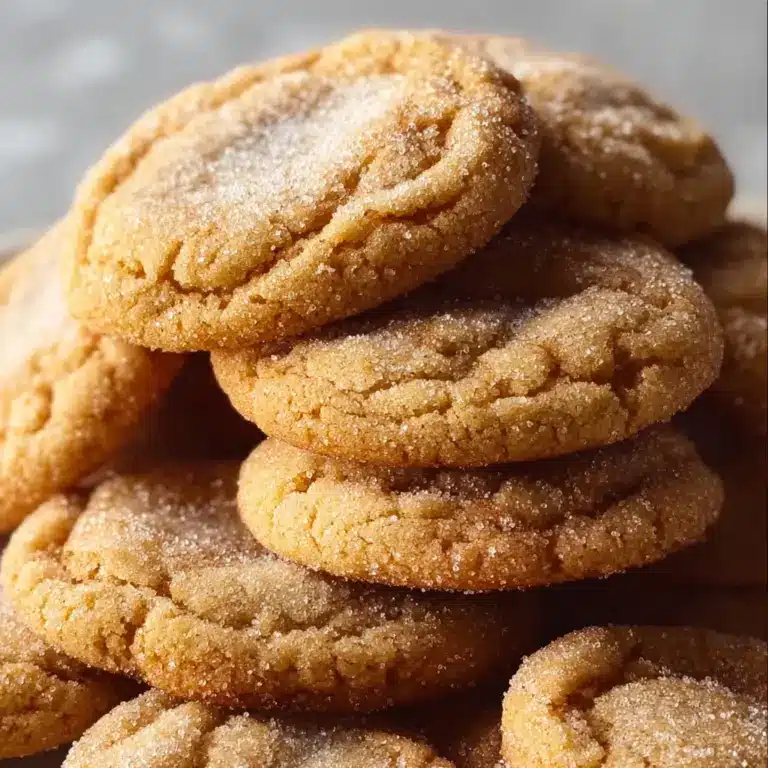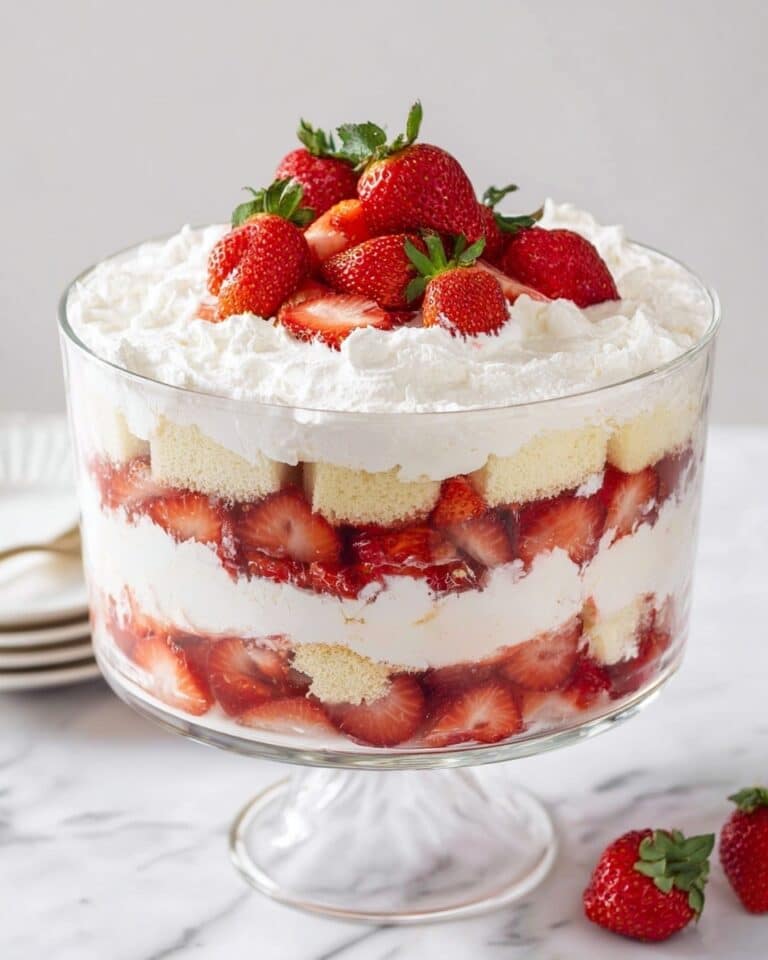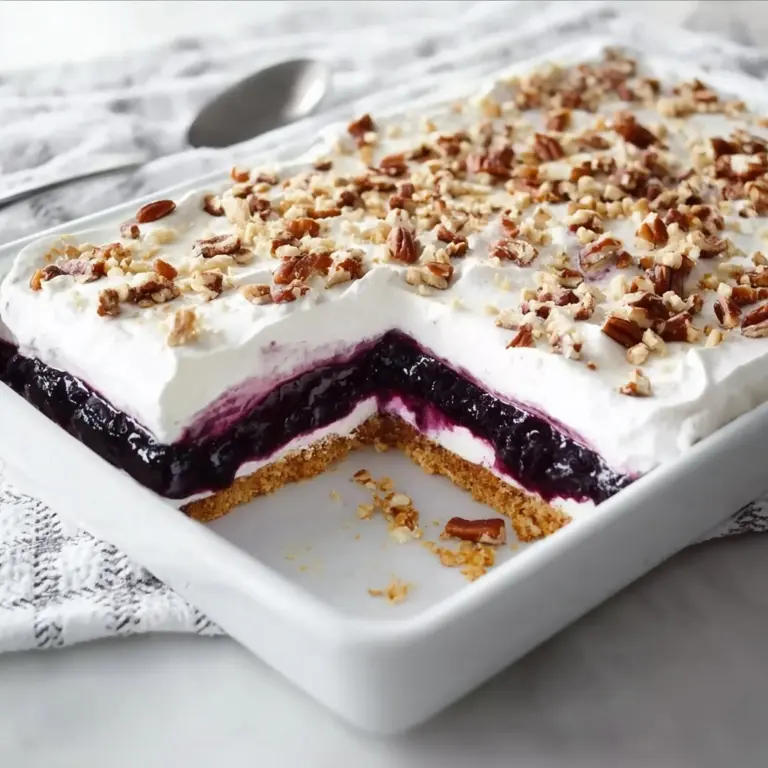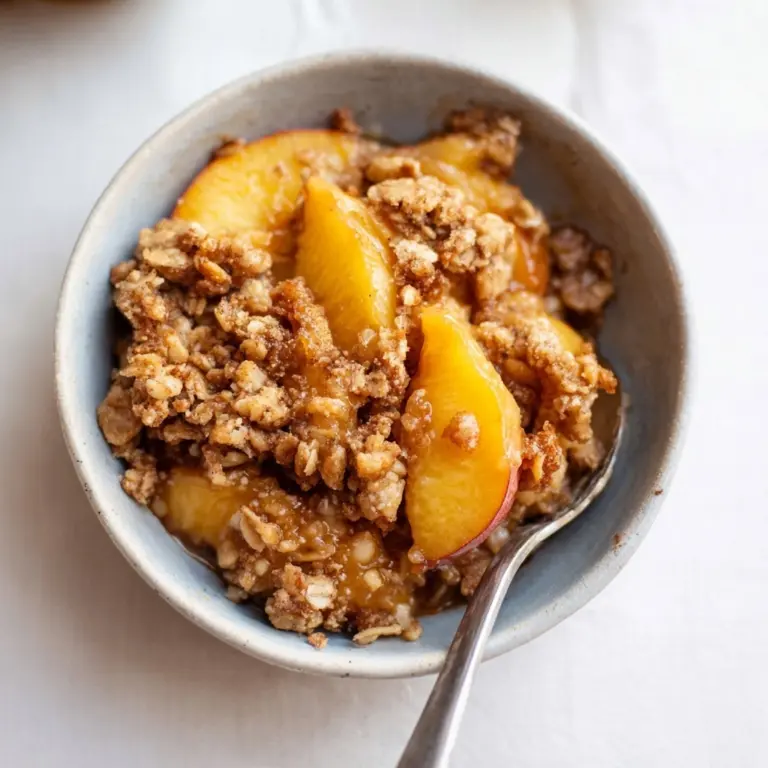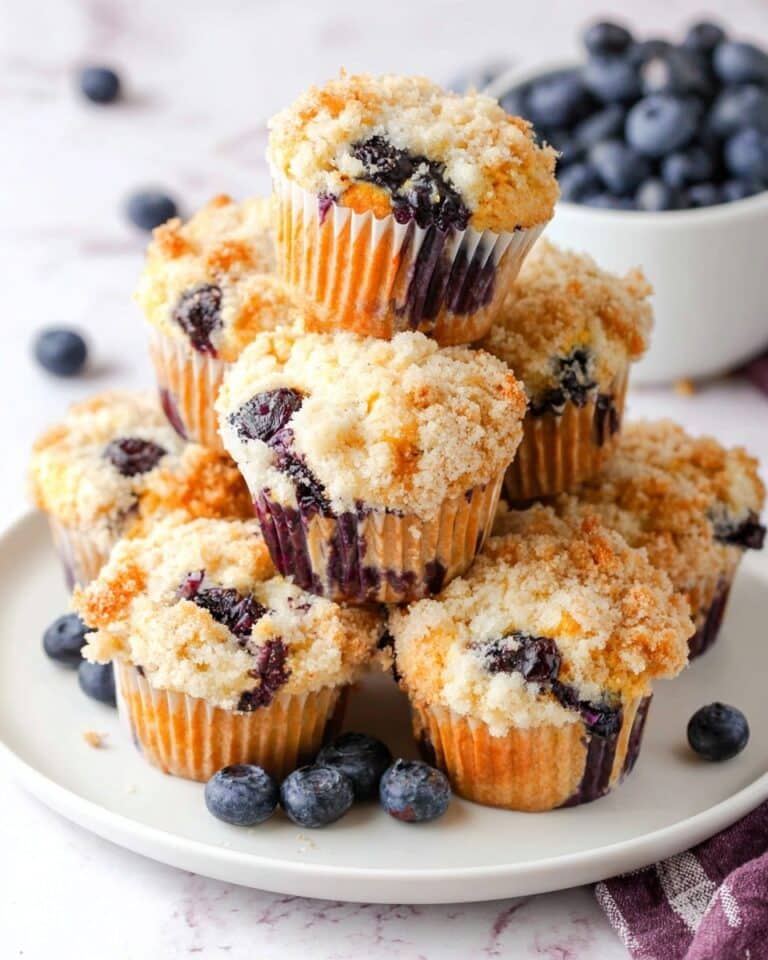Classic French Donuts Recipe
If you crave a sweet breakfast or an irresistible dessert, nothing compares to the pillowy perfection of Classic French Donuts. These light, fluffy treats—sometimes called beignets—are golden and crisp on the outside and beautifully tender within, dusted or glazed for that iconic, melt-in-your-mouth satisfaction. With a simple ingredient list and a bit of hands-on fun, making Classic French Donuts at home is both achievable and deeply rewarding. They’re perfect for sharing with friends or treating yourself to something truly special.
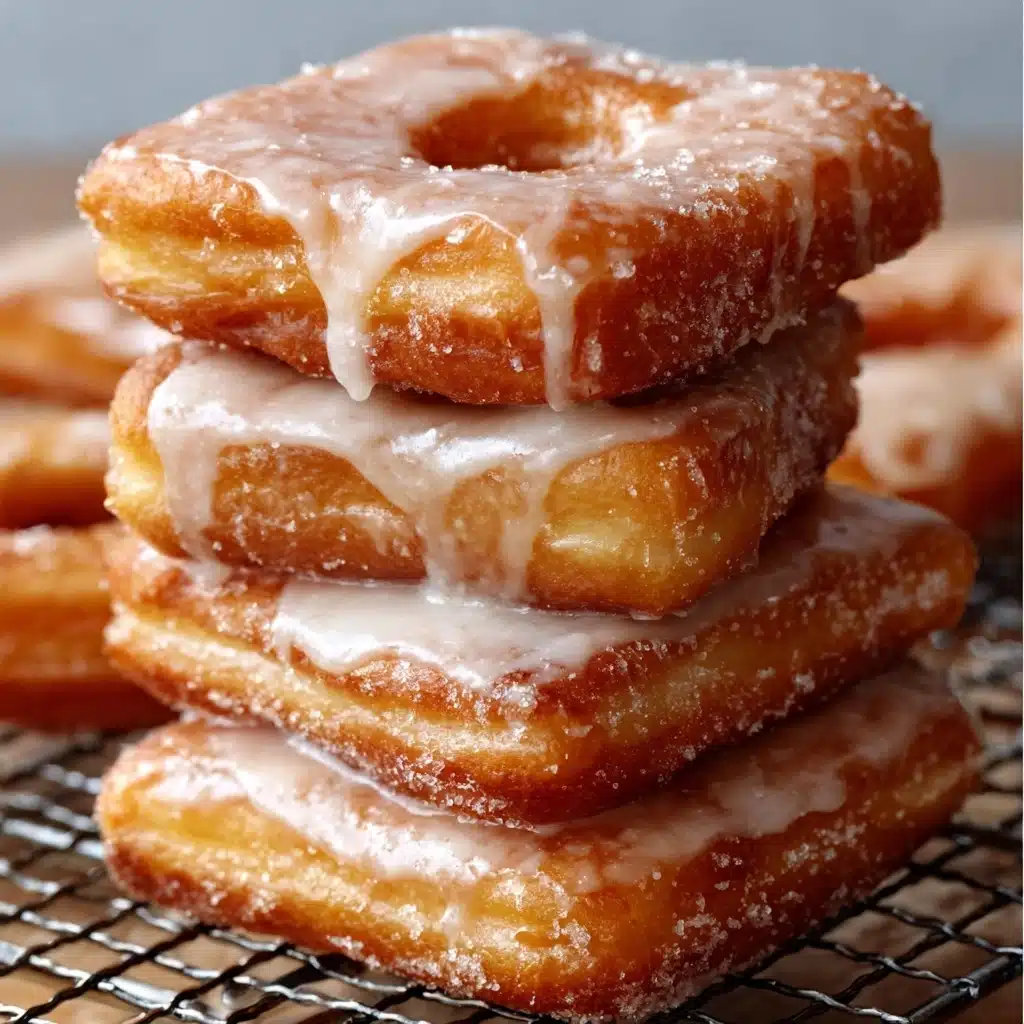
Ingredients You’ll Need
The magic of Classic French Donuts lies in their simple, staple ingredients—each one playing a starring role in creating a light, airy bite and beautiful golden color. Let’s take a look at why these components matter and a few tips for getting the best results.
- Active Dry Yeast: This essential ingredient creates the signature rise and fluffiness we love in Classic French Donuts.
- Warm Water: Activating the yeast in water that’s just right (not too hot, not too cold) ensures your dough is lively and ready to puff up.
- Sugar: Just enough to add sweetness and help the yeast feed, leading to beautifully light donuts.
- Buttermilk: Adds subtle tang and richness, giving your donuts depth of flavor and the perfect tender crumb.
- Egg: This binds the dough and gives each donut a soft, pillowy texture.
- Flour: The backbone of the dough—be sure to measure it accurately for the best result.
- Melted Butter: A little butter adds lusciousness and a hint of richness to every bite.
- Oil for Frying: Choose a neutral, high-heat oil for crisp, golden exteriors without competing flavors.
- Powdered Sugar: For that classic, snowy finish or to whip up a sweet glaze.
- Milk: Just enough to bring the glaze together and make it silky and easy to dip.
- Vanilla: A splash transforms the glaze from simple to sublime, adding irresistible aroma.
How to Make Classic French Donuts
Step 1: Activate the Yeast
Start the Classic French Donuts by combining active dry yeast, warm water, and a bit of sugar in a bowl. Make sure your water is about the temperature of a warm bath—this helps the yeast wake up and get bubbly in about five to ten minutes. When you see a frothy, creamy top appear, you know your yeast is alive and ready to go!
Step 2: Mix the Dough
Add buttermilk, egg, melted butter, and flour to the yeast mixture. Mix everything together until a soft, slightly sticky dough forms. Use a spoon or your hands—this isn’t the time to be dainty! Once the dough comes together, cover your bowl with a kitchen towel and set it in a warm, draft-free place for about an hour. The dough should double in size, becoming pillowy and beautifully billowy.
Step 3: Roll and Cut the Donuts
Turn the risen dough out onto a lightly floured surface and gently roll it to about ½-inch thickness—think fluffy but not too tall. Using a sharp knife or a dough cutter, slice the dough into squares (no need for fussy shapes; squares are traditional for Classic French Donuts and make the process a breeze).
Step 4: Fry to Golden Perfection
In a large, heavy pot, heat oil to 350°F. Once hot, carefully slip a few dough squares into the oil, taking care not to overcrowd the pot—they need space to puff and brown. Fry each side for 1 to 2 minutes, turning as soon as they’re gorgeously golden. Transfer to a paper-towel-lined tray to catch any extra oil.
Step 5: Glaze While Warm
While the donuts are still warm, whisk together powdered sugar, milk, and vanilla until you have a creamy, pourable glaze. Dip each donut square into the glaze, letting excess drip off before setting them back on the tray. The heat from the Classic French Donuts makes the glaze set to a delicate, glossy shell—absolutely irresistible!
How to Serve Classic French Donuts
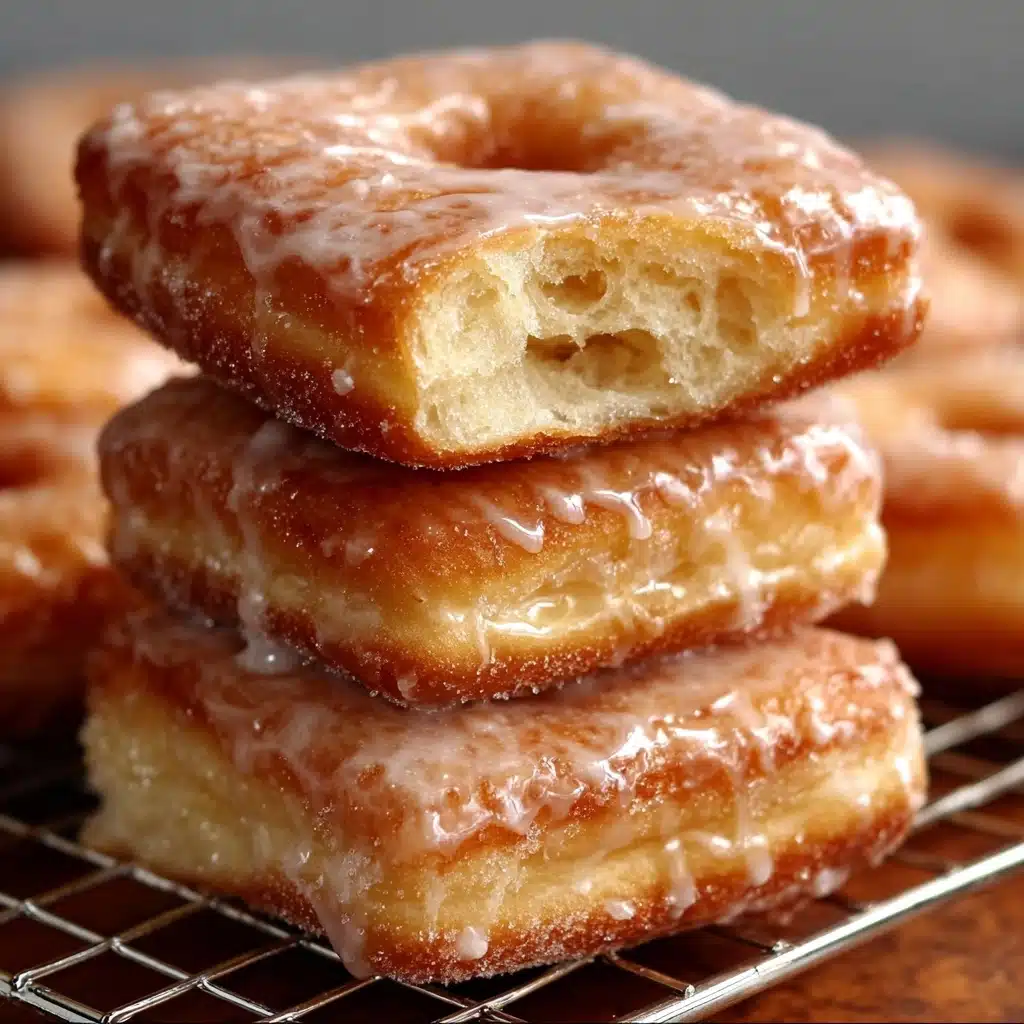
Garnishes
For a classic touch, dust your Classic French Donuts with a shower of powdered sugar or drizzle with extra glaze. You can also scatter a handful of finely chopped toasted nuts, a sprinkling of citrus zest, or a touch of cinnamon for something a little extra.
Side Dishes
Serve these sweet treats alongside a mug of strong coffee, café au lait, or rich hot chocolate—the perfect French-inspired pairing. They also go well with fresh berries or a bowl of whipped cream for dipping, adding a burst of color and freshness.
Creative Ways to Present
Pile Classic French Donuts into a parchment-lined basket for a rustic feel, stack them into a tempting tower for brunch, or serve bite-sized squares on skewers at a party. For an extra playful twist, set up a DIY dipping station with chocolate, caramel, and fruit sauces to let guests customize their own beignets.
Make Ahead and Storage
Storing Leftovers
If you have extra Classic French Donuts (if you’re lucky!), keep them in an airtight container at room temperature for up to two days. They’ll stay soft and delicious, although they’re always best on day one.
Freezing
You can absolutely freeze unglazed Classic French Donuts! Cool them completely, wrap tightly, and stash them in freezer bags. When you’re craving a treat, just thaw and reheat—don’t forget to glaze them fresh for that perfect finish.
Reheating
To restore their just-fried magic, warm Classic French Donuts in a 300°F oven for about 5 minutes, or briefly zap them in the microwave. If reheating frozen ones, let them thaw at room temp first, then glaze and warm as you like.
FAQs
Can I make Classic French Donuts without buttermilk?
Yes! If you’re out of buttermilk, simply stir a teaspoon of lemon juice or vinegar into regular milk and let it sit for five minutes. It will give your Classic French Donuts a similar tang and tenderness.
What oil is best for frying?
Choose a neutral oil with a high smoke point, such as canola, vegetable, or peanut oil. These let the true flavor of the Classic French Donuts shine through and ensure a crisp, golden crust.
How do I know if my yeast is working?
If your yeast is active, it will become foamy and bubbly after about five to ten minutes in warm water with sugar. If there’s no activity, your yeast may be expired and it’s best to start again for light, airy donuts.
Can I make the dough ahead of time?
Absolutely! Prepare the dough through the first rise, then refrigerate it overnight. Bring it back to room temperature before rolling, cutting, and frying your Classic French Donuts the next day for extra convenience.
Why are my donuts greasy?
If the oil temperature drops below 350°F, the donuts can soak up extra oil and turn greasy. Always use a thermometer and fry in small batches to maintain the perfect frying temperature for Classic French Donuts.
Final Thoughts
Homemade Classic French Donuts are pure joy—crisp, sweet, and beautifully light, they’re a labor of love that always pays off. Don’t be shy about rolling up your sleeves and giving them a try; every step fills your kitchen with warmth and delight. Share them fresh, savor that first tender bite, and create memories one donut at a time!
PrintClassic French Donuts Recipe
A delightful recipe for classic French donuts, also known as beignets, that are fluffy on the inside, crispy on the outside, and generously coated with a sweet glaze. Perfect for breakfast or as a sweet treat any time of the day.
- Prep Time: 20 minutes
- Cook Time: 10 minutes
- Total Time: 2 hours
- Yield: Makes about 24 beignets 1x
- Category: Dessert
- Method: Frying
- Cuisine: French
- Diet: Vegetarian
Ingredients
Dough:
- 2¼ teaspoons active dry yeast
- ¾ cup warm water
- ¼ cup sugar
- ½ cup buttermilk
- 1 egg
- 3½ cups flour
- 2 tablespoons melted butter
For Frying and Glaze:
- Oil for frying
- 1 cup powdered sugar
- 2–3 tablespoons milk
- 1 teaspoon vanilla
Instructions
- Activate Yeast: In a bowl, activate the yeast in warm water with sugar. Mix in buttermilk, egg, butter, and flour. Let the dough rise for 1 hour.
- Roll and Cut: Roll the dough to ½-inch thickness and cut into squares.
- Fry: Heat oil to 350°F and fry the dough squares until golden, about 1-2 minutes per side.
- Make Glaze: Mix powdered sugar, milk, and vanilla to create the glaze. Dip the warm beignets in the glaze.
Notes
- For a twist, sprinkle powdered sugar or cinnamon on top instead of the glaze.
- Beignets are best enjoyed fresh and warm.
Nutrition
- Serving Size: 1 beignet
- Calories: 170
- Sugar: 12g
- Sodium: 90mg
- Fat: 4g
- Saturated Fat: 2g
- Unsaturated Fat: 2g
- Trans Fat: 0g
- Carbohydrates: 30g
- Fiber: 1g
- Protein: 3g
- Cholesterol: 20mg
Keywords: French donuts, beignets, dessert recipe, breakfast pastry

